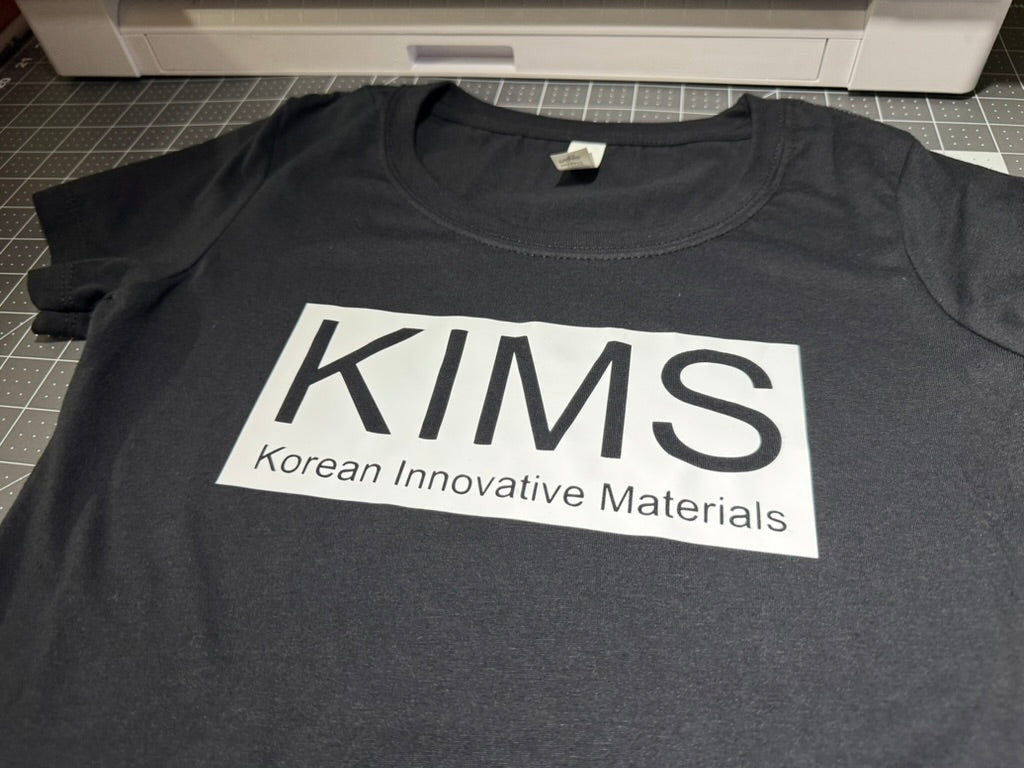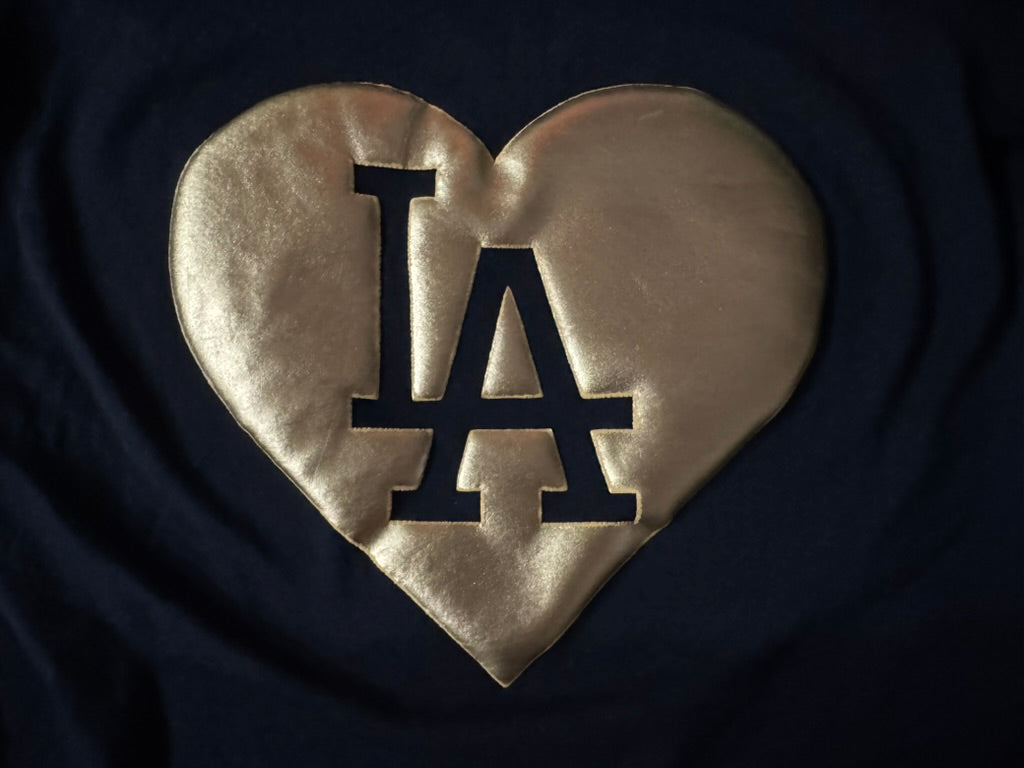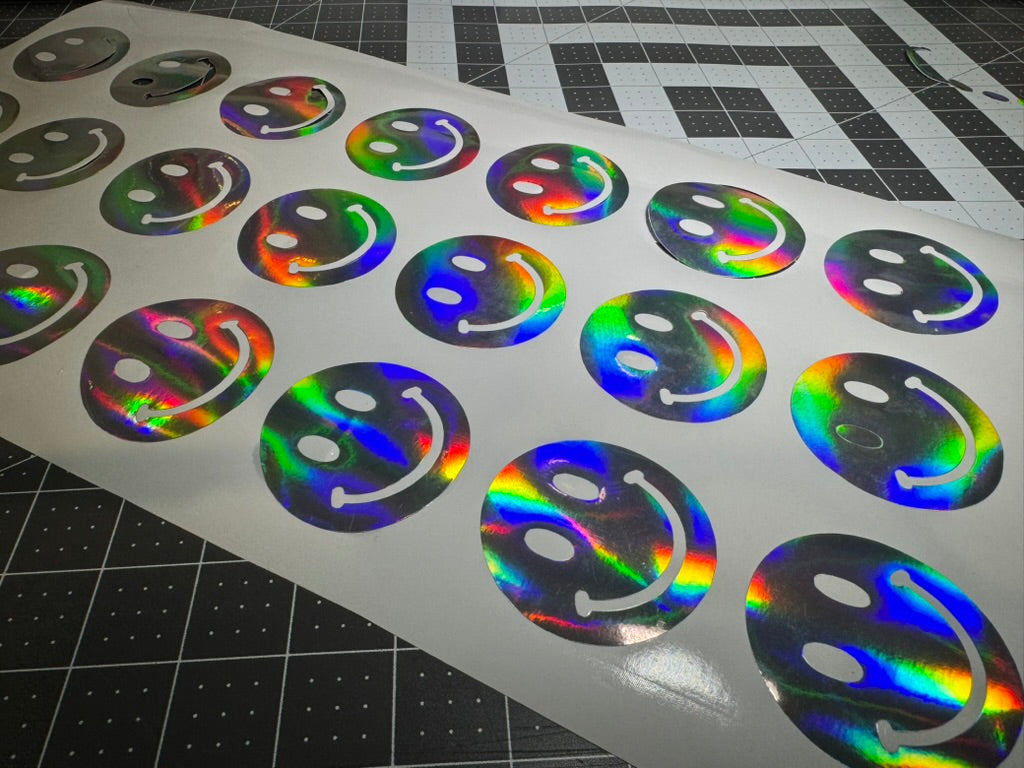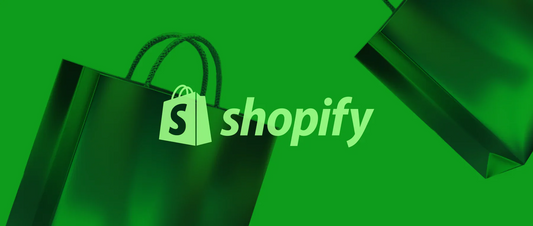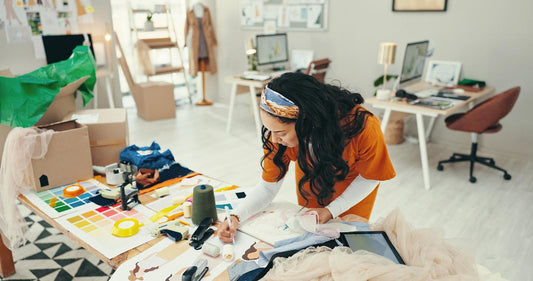Artificial intelligence is changing how people create graphic tee designs. Instead of drawing by hand or using complex software, AI tools can now generate designs based on written descriptions.
These tools are becoming more common in custom apparel businesses. They allow users to produce original artwork in less time and with fewer technical skills.
This guide explains how to generate graphic tee designs with AI. It also covers how these tools work, how to use them step by step, and how they fit into different types of apparel production.
Why AI Shirt Maker Tools Are Changing T-Shirt Design
AI shirt maker tools use artificial intelligence to create t-shirt graphics from user inputs, such as short written prompts or selected templates. These tools use machine learning models trained on visual data to generate images that match the prompt.
Traditional t-shirt design methods rely on human creativity, design software, and graphic design skills. AI tools, in contrast, allow users without design experience to create artwork automatically.
|
Feature |
Traditional Design |
AI Design Tools |
|---|---|---|
|
Time Required |
Hours to days |
Minutes |
|
Skill Level Needed |
High (designers) |
Low (anyone) |
|
Cost |
High (software, labor) |
Low to moderate (tool fees) |
|
Customization Options |
Manual, skill-limited |
Prompt-based, varied |
How To Create AI Generated Shirts Step By Step
1. Research Trending Styles
T-shirt design trends can be found by browsing platforms like Instagram, Pinterest, and TikTok. E-commerce sites such as Etsy, Redbubble, and Amazon also display popular graphics.
AI-generated designs work best when based on clear concepts and simple color palettes. Common categories include:
-
Typography-Based Designs: Text arrangements that AI can easily generate
-
Minimalist Graphics: Basic shapes and clean lines
-
Vintage/Retro: Classic motifs with aged effects
-
Illustrative Art: Drawings with cartoon or hand-drawn styles
2. Choose An AI Shirt Designer Tool
Several AI tools can help create t-shirt designs. Each has different features and pricing:
-
Midjourney: Paid service that creates artistic, detailed illustrations
-
DALL-E: Free/paid option that makes clean, commercial-ready graphics
-
Stable Diffusion: Free, open-source tool for experimentation
-
Printful AI: Free tool with apparel-focused templates for beginners
Free tools are great for testing ideas but may have watermarks or lower resolution. Paid options usually offer higher quality outputs and more control features.
3. Generate Initial Artwork
AI-generated graphics respond best to specific prompts. For example:
-
"Retro sunset with palm trees, bold colors, t-shirt graphic"
-
"Minimalist cat illustration, black and white, vector style"
For print-quality results, aim for at least 300 DPI resolution. Standard t-shirt designs often use dimensions around 4500 x 5400 pixels.
Effective prompt structure includes:
-
Subject (what you want to see)
-
Style (how it should look)
-
Color scheme (what colors to use)
-
Mood (the feeling it should convey)
-
Purpose ("for t-shirt print")
Example: "Mountain landscape, watercolor style, earth tones, calming, for t-shirt print"
4. Refine And Edit Your AI T Shirt
After generating your design, you'll likely need to make some adjustments. Programs like Adobe Illustrator, Photoshop, or Canva can help:
-
Clean up any odd artifacts or imperfections
-
Adjust colors for better print compatibility
-
Remove backgrounds or isolate design elements
Different printing methods may require specific adjustments. For heat transfer vinyl, you'll need clean edges and solid fills without gradients.
5. Prepare Files For Printing
File formats vary depending on the printing method:
-
Vinyl cutting: SVG or AI (vector formats)
-
Direct-to-garment: PNG or TIFF with transparent background
-
Screen printing: PSD or AI with separated layers
Color mode also matters. CMYK is standard for screen printing, while RGB works for most digital printing (though colors may shift slightly between screen and print).
Creating mockups using design software or online tools helps visualize how the design will look on an actual shirt.
Pro Tips For T Shirt Design AI Prompts
1. Use Descriptive Keywords
Specific terms help AI tools understand what you want. General prompts like "cool t-shirt design" produce random results. Instead, try "Bold geometric wolf, neon colors, minimalist, for t-shirt print."
Helpful style-related terms include:
-
Vintage: "distressed," "retro," "faded"
-
Modern: "sleek," "minimalist," "clean"
-
Artistic: "watercolor," "sketch," "hand-drawn"
2. Specify Style And Mood
Mention specific art styles like "watercolor," "line art," "photorealistic," "comic book," or "pop art." Add mood words such as "playful," "serene," "energetic," or "edgy."
Examples:
-
"Line art fox, playful, orange and white, for kids t-shirt"
-
"Photorealistic astronaut, cosmic background, dark tones, for adult tee"
3. Test Multiple Variations
Change one element at a time to see how it affects the result. This might be the style, colors, or composition. Generate 3-5 versions of each concept, compare them, and use the best elements to create new prompts.
Variables to adjust:
-
Style (vintage vs. modern)
-
Composition (centered, all-over print)
-
Colors (monochrome, multi-color)
-
Subject details (animal, object, text)
Best Practices For AI Generated T Shirt Designs
Review each AI-generated design for potential copyright or trademark issues. The AI might include elements from existing artwork that could cause legal problems.
Make your designs unique by combining unusual prompts and editing the results manually. This reduces the chance of creating something too similar to other users of the same AI tool.
Simple, bold designs are easier to print and more visible from a distance. Avoid tiny details, especially for designs that will be cut from vinyl.
Standard sizing guidelines include:
-
Chest print: 12" x 16"
-
Pocket print: 4" x 4"
-
All-over print: full shirt template
Common mistakes to avoid:
-
Overly complex designs that don't print well
-
Low-resolution images that look pixelated
-
Ignoring color limitations of your chosen printing method
Practical Applications Of AI T Shirt Templates For Different Niches
AI-generated t-shirt templates work well for various markets:
-
Sports teams (mascots, team slogans)
-
Local events (commemorative shirts)
-
Pop culture fans (themed artwork)
-
Small businesses (branded apparel)
-
Family reunions (custom group shirts)
-
Hobby groups (interest-specific designs)
A single design concept can be adapted for different markets by changing colors, text, or imagery. For example, a basic layout could work for both a sports team and a family reunion by swapping the team name for a family name.
Different niches have specific design needs:
-
Sports designs: Use team colors and bold lines for visibility
-
Humor designs: Keep text readable and graphics simple
-
Pop culture designs: Create inspired artwork rather than direct copies
How To Integrate Specialty Materials And AI Tee Shirt Design
1. Reflective And Metallic Vinyl
When designing for reflective or metallic vinyl:
-
Use high contrast and bold shapes
-
Avoid gradients and very fine details
-
Choose dark background colors to make reflective elements stand out
These specialty materials create eye-catching effects but require simpler designs than standard vinyl.
2. Textured And 3D Puff Vinyl
3D Puff vinyl creates a raised effect when heated. For best results:
-
Design with thicker lines and solid fills
-
Avoid intricate details that might not puff evenly
-
Use layering techniques to enhance the dimensional effect
3. Matching Colors With AI Artwork
AI often generates colors that don't exactly match available vinyl options. To address this:
-
Adjust digital colors in your design software to match vinyl color swatches
-
Create separate layers for each color in multi-color designs
-
Consider how colors will look against different shirt colors
Next Steps For Launching Your AI T Shirt Creations
After creating your designs, you can test them by ordering sample prints or working with a local print shop. This confirms that the design looks good and the colors appear as expected.
To sell your designs, consider platforms like:
-
Etsy (handmade marketplace)
-
Redbubble (print-on-demand service)
-
Amazon Merch (large audience)
-
Shopify (your own online store)
-
Printful (fulfillment service)
Marketing strategies include sharing photos on social media, creating themed collections, and collaborating with other creators or businesses.
For heat transfer vinyl applications, quality materials ensure better results. Premium vinyl rolls and heat transfer products are available at KIMS Direct.
FAQs About AI T Shirt Design
How can I ensure my AI-generated t-shirt design is original?
Compare your design to existing products and make unique modifications, while using specific, unusual prompt combinations that are less likely to produce common results.
What file format do I need for printing AI t-shirt designs?
For vinyl cutting and heat transfer applications, use vector formats like SVG or AI; for direct-to-garment printing, use high-resolution PNG or TIFF files with transparent backgrounds.
Do I need special licensing to sell AI-generated designs?
Check the terms of service for your AI tool as policies vary; most commercial AI design platforms allow commercial use of generated content, but some may require attribution.
Which AI tools work best for specific t-shirt design styles?
Midjourney excels at artistic, detailed illustrations; DALL-E creates clean, commercial-ready graphics; while specialized t-shirt AI platforms offer templates optimized for apparel printing.
How do I convert my AI image into a format suitable for vinyl cutting?
Convert your AI-generated raster image to vector format using tools like Adobe Illustrator's Image Trace or Inkscape, then clean up paths and simplify designs for proper cutting.


